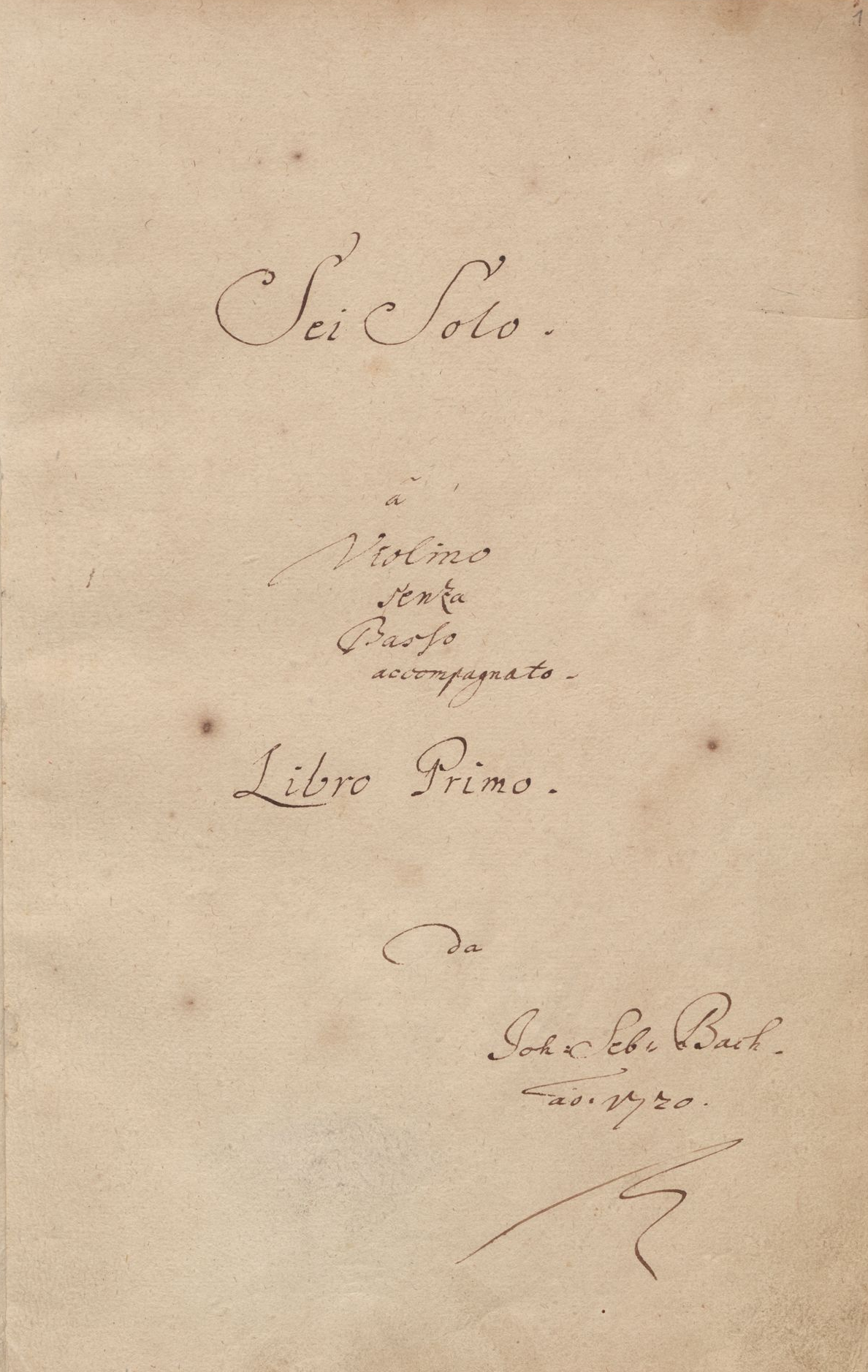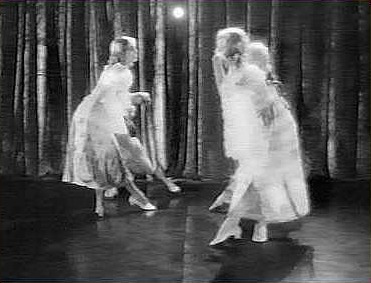|
Galanterie
The term is sometimes used for movements in the Baroque dance suite whose inclusion is variable, unlike the fixed core of allemande, courante, sarabande and gigue. These pieces usually follow the sarabande. In early 18th-century Germany, referred to any fashionable piece and later came to connote out-of-dateness. The narrower use described above seems to originate with a reading of Johann Sebastian Bach's title page description of his keyboard Partitas, ''"Clavier Übung, bestehend in Präludien, Allemanden, Couranten, Sarabanden, Giguen, Menuetten, und anderen Galanterien"'', in which it appears to be paired with minuets, whose place is often taken in Bach's suites by gavottes, bourrées, passepieds or other movements. Examples of common galanteries include: * Air * Bourrée * Gavotte * Minuet * Chaconne * Passacaglia * Passepied [...More Info...] [...Related Items...] OR: [Wikipedia] [Google] [Baidu] |
Suite De Danses
A suite, in Western classical music and jazz, is an ordered set of instrumental or orchestral/ concert band pieces. It originated in the late 14th century as a pairing of dance tunes and grew in scope to comprise up to five dances, sometimes with a prelude, by the early 17th century. The separate movements were often thematically and tonally linked. The term can also be used to refer to similar forms in other musical traditions, such as the Turkish fasıl and the Arab nuubaat. In the Baroque era, the suite was an important musical form, also known as ''Suite de danses'', ''Ordre'' (the term favored by François Couperin), ''Partita'', or ''Ouverture'' (after the theatrical " overture" which often included a series of dances) as with the orchestral suites of Christoph Graupner, Telemann and J.S. Bach. During the 18th century, the suite fell out of favour as a cyclical form, giving way to the symphony, sonata and concerto. It was revived in the later 19th century, but in a ... [...More Info...] [...Related Items...] OR: [Wikipedia] [Google] [Baidu] |
Sonatas And Partitas For Solo Violin (Bach)
The sonatas and partitas for solo violin (BWV 1001–1006) are a set of six works composed by Johann Sebastian Bach. They are sometimes referred to in English as the sonatas and for solo violin in accordance with Bach's headings in the autograph manuscript: "Partia" (plural "Partien") was commonly used in German-speaking regions during Bach's time, whereas the Italian "partita" was introduced to this set in the 1879 Bach Gesellschaft edition, having become standard by that time. The set consists of three sonatas da chiesa in four movements and three partitas (or partias) in dance-form movements. The 2nd Partita is widely known for its Chaconne, considered one of the most masterly and expressive works ever written for solo violin. The set was completed by 1720 but was not published until 1802 by Nikolaus Simrock in Bonn. Even after publication, it was largely ignored until the celebrated violinist Joseph Joachim started performing these works. Today, Bach's ''Sonatas and Partitas ... [...More Info...] [...Related Items...] OR: [Wikipedia] [Google] [Baidu] |
Air (music)
An air ( it, aria; also ''ayr'', ''ayre'' in French) is a song-like vocal or instrumental composition. The term can also be applied to the interchangeable melodies of folk songs and ballads. It is a variant of the musical song form often referred to (in opera, cantata and oratorio) as aria. English lute ayres Lute airs were first produced in the royal court of England toward the end of the 16th century and enjoyed considerable popularity until the 1620s. Probably based on Italian monody and French ''air de cour'', they were solo songs, occasionally with more (usually three) parts, accompanied on a lute.G. J. Buelow, ''History of Baroque Music: Music in the 17th and First Half of the 18th Centuries'', Indiana University Press, 2004 (p. 306). Their popularity began with the publication of John Dowland's (1563–1626) ''First Booke of Songs or Ayres'' (1597). His most famous airs include " Come again", "Flow, my tears", " I saw my Lady weepe", and " In darkness let me dwell". The gen ... [...More Info...] [...Related Items...] OR: [Wikipedia] [Google] [Baidu] |
Galante Music
In music, galant refers to the style which was fashionable from the 1720s to the 1770s. This movement featured a return to simplicity and immediacy of appeal after the complexity of the late Baroque era. This meant simpler, more song-like melodies, decreased use of polyphony, short, periodic phrases, a reduced harmonic vocabulary emphasizing tonic and dominant, and a clear distinction between soloist and accompaniment. C. P. E. Bach and Daniel Gottlob Türk, who were among the most significant theorists of the late 18th century, contrasted the galant with the "learned" or "strict" styles.) The German '' empfindsamer Stil'', which seeks to express personal emotions and sensitivity, can be seen either as a closely related North-German dialect of the international galant style, or as contrasted with it, as between the music of Carl Philipp Emanuel Bach, a founder of both styles, and that of Johann Christian Bach, who carried the galant style further and was closer to classical. Thi ... [...More Info...] [...Related Items...] OR: [Wikipedia] [Google] [Baidu] |
Galant
The galant style was an 18th-century movement in music, visual arts and literature. In Germany a closely related style was called the '' empfindsamer Stil'' (sensitive style). Another close relative is rococo style. The galant style was drawn in opposition to the strictures of the Baroque style, emphasizing light elegance in place of the Baroque's dignified seriousness and high grandeur. Music In music, the galant emphasis was on simplicity, immediacy of appeal, and elegance. Fashion In fashion, galant featured perfumed handkerchiefs and powdered wigs for both sexes. The fantastic exotic asymmetry of bizarre silk Bizarre silks are a style of figured silk fabrics popular in Europe in the late 17th and early 18th centuries. Bizarre silks are characterized by large-scale, asymmetrical patterns featuring geometrical shapes and stylized leaves and flowers, infl ... patterns were symptomatic of galant tastes. References External links {{wiktionary-inline 18th century in art 1 ... [...More Info...] [...Related Items...] OR: [Wikipedia] [Google] [Baidu] |
Microsoft Word
Microsoft Word is a word processing software developed by Microsoft. It was first released on October 25, 1983, under the name ''Multi-Tool Word'' for Xenix systems. Subsequent versions were later written for several other platforms including: IBM PCs running DOS (1983), Apple Macintosh running the Classic Mac OS (1985), AT&T UNIX PC (1985), Atari ST (1988), OS/2 (1989), Microsoft Windows (1989), SCO Unix (1990) and macOS (2001). Using Wine, versions of Microsoft Word before 2013 can be run on Linux. Commercial versions of Word are licensed as a standalone product or as a component of Microsoft Office suite of software, which can be purchased either with a perpetual license or as part of a Microsoft 365 subscription. History Origins In 1981, Microsoft hired Charles Simonyi, the primary developer of Bravo, the first GUI word processor, which was developed at Xerox PARC. Simonyi started work on a word processor called ''Multi-Tool Word'' and soon hired Richard Brodie, a ... [...More Info...] [...Related Items...] OR: [Wikipedia] [Google] [Baidu] |
Passepied
The passepied (, "pass-foot", from a characteristic dance step) is a French court dance. Originating as a kind of Breton branle, it was adapted to courtly use in the 16th century and is found frequently in 18th-century French opera and ballet, particularly in pastoral scenes, and latterly also in baroque instrumental suites of dances. In English the passepied has been spelled "paspy" as well as "paspie" or "paspe", phonetic approximations of the French pronunciation. History The earliest historical mention of the passepied was by Noël du Fail in 1548, who said it was common at Breton courts. François Rabelais and Thoinot Arbeau, writing later in the 16th century, identify the dance as a type of branle characteristic of Brittany. At this time it was a fast duple-time dance with three-bar phrases, therefore of the ''branle simple'' type. Like many folk-dances it was popular at the court of Louis XIV. The passepied was remodelled by Jean-Baptiste Lully as a pastoral concert da ... [...More Info...] [...Related Items...] OR: [Wikipedia] [Google] [Baidu] |
Passacaglia
The passacaglia (; ) is a musical form that originated in early seventeenth-century Spain and is still used today by composers. It is usually of a serious character and is often based on a bass-ostinato and written in triple metre. Origin The term passacaglia ( es, pasacalle; french: passacaille; Italian: ''passacaglia'', ''passacaglio'', ''passagallo'', ''passacagli'', ''passacaglie'') derives from the Spanish ''pasar'' (to walk) and ''calle'' (street). It originated in early 17th-century Spain as a strummed interlude between instrumentally accompanied dances or songs. Despite the form's Spanish roots (confirmed by references in Spanish literature of the period), the first written examples of passacaglias are found in an Italian source dated 1606. These pieces, as well as others from Italian sources from the beginning of the century, are simple, brief sequences of chords outlining a cadential formula. The passacaglia was redefined in the late 1620s by Italian composer Girolamo F ... [...More Info...] [...Related Items...] OR: [Wikipedia] [Google] [Baidu] |
Chaconne
A chaconne (; ; es, chacona, links=no; it, ciaccona, links=no, ; earlier English: ''chacony'') is a type of musical composition often used as a vehicle for variation on a repeated short harmonic progression, often involving a fairly short repetitive bass-line (ground bass) which offers a compositional outline for variation, decoration, figuration and melodic invention. In this it closely resembles the passacaglia. It originates and was particularly popular in the Baroque era; a large number of Chaconnes exist from the 17th- and 18th- centuries. The ground bass, if there is one, may typically descend stepwise from the tonic to the dominant pitch of the scale; the harmonies given to the upper parts may emphasize the circle of fifths or a derivative pattern thereof. History Though it originally emerged during the late sixteenth century in Spanish culture, having reputedly been introduced from the New World, as a quick dance-song characterized by suggestive movements and mo ... [...More Info...] [...Related Items...] OR: [Wikipedia] [Google] [Baidu] |
Minuet
A minuet (; also spelled menuet) is a social dance of French origin for two people, usually in time. The English word was adapted from the Italian ''minuetto'' and the French ''menuet''. The term also describes the musical form that accompanies the dance, which subsequently developed more fully, often with a longer musical form called the minuet and trio, and was much used as a movement in the early classical symphony. Dance The name may refer to the short steps, ''pas menus'', taken in the dance, or else be derived from the ''branle à mener'' or ''amener'', popular group dances in early 17th-century France. The minuet was traditionally said to have descended from the ''bransle de Poitou'', though there is no evidence making a clear connection between these two dances. The earliest treatise to mention the possible connection of the name to the expression ''pas menus'' is Gottfried Taubert's ''Rechtschaffener Tantzmeister'', published in Leipzig in 1717, but this source ... [...More Info...] [...Related Items...] OR: [Wikipedia] [Google] [Baidu] |
Gavotte
The gavotte (also gavot, gavote, or gavotta) is a French dance, taking its name from a folk dance of the Gavot, the people of the Pays de Gap region of Dauphiné in the southeast of France, where the dance originated, according to one source. According to another reference, the word ''gavotte'' is a generic term for a variety of French folk dances, and most likely originated in Lower Brittany in the west, or possibly Provence in the southeast or the French Basque Country in the southwest of France. It is notated in or time and is usually of moderate tempo, though the folk dances also use meters such as and . In late 16th-century Renaissance dance, the gavotte is first mentioned as the last of a suite of branles. Popular at the court of Louis XIV, it became one of many optional dances in the classical suite of dances. Many were composed by Lully, Rameau and Gluck, and the 17th-century cibell is a variety. The dance was popular in France throughout the 18th century and spread w ... [...More Info...] [...Related Items...] OR: [Wikipedia] [Google] [Baidu] |







.png)
